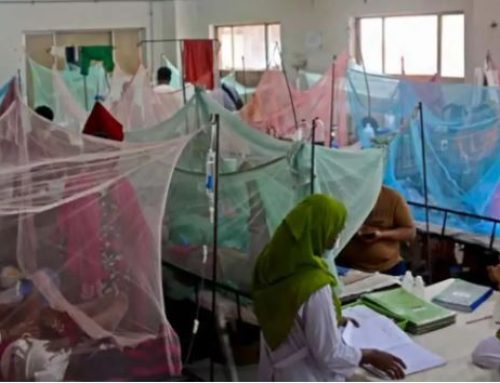Project Description
Author: Khan et al.
Summary:
Tetanus, a vaccine-preventable disease, is still occurring in the elderly population of low- and middle-income countries with a high case-fatality rate. The objective of the study was to elucidate the factors associated with in-hospital mortality of tetanus in Bangladesh.
This prospective observational study, conducted in two specialized infectious disease hospitals, conveniently selected adult tetanus patients (≥18 years) for inclusion. Data were collected through a preformed structured questionnaire. Kaplan Meier survival analysis and univariate and multivariable Cox regression analysis were carried out to assess factors associated with in-hospital mortality among patients. All analysis was done using Stata (version 16) and SPSS (version 26).
A total of 61 tetanus cases were included, and the overall in-hospital mortality rate was 34.4% (n = 21). Patients had an average age of 46.49 ±15.65 years (SD), and the majority were male (96.7%), farmers (57.4%), and came from rural areas (93.4%). Survival analysis revealed that the probability of death was significantly higher among patients having an age of ≥ 40 years, incubation time of ≤12 days, onset time of ≤ 4 days, and having complication(s). However, on multivariable Cox regression analysis, age (adjusted hazard ratio [aHR] 4.03, 95% Confidence Interval [CI] 1.07-15.17, p = 0.039) and onset time (≤4 days) (aHR 3.33; 95% CI 1.05-10.57, p = 0.041) came as significant predictors of in-hospital mortality after adjusting for incubation period and complications.
Older age and short onset time are the two most important determinants of in-hospital mortality of tetanus patients. Hence, these patients require enhanced emphasis and care.
Status: Completed and published
Full text link: https://journals.plos.org/plosntds/article?id=10.1371/journal.pntd.0010235
Keywords: Tetanus, Mortality, Bangladesh, Adult tetanus, In-hospital mortality, Risk factor



